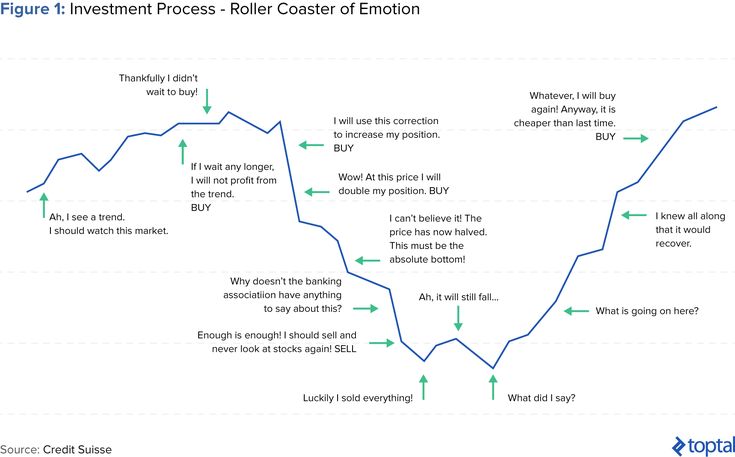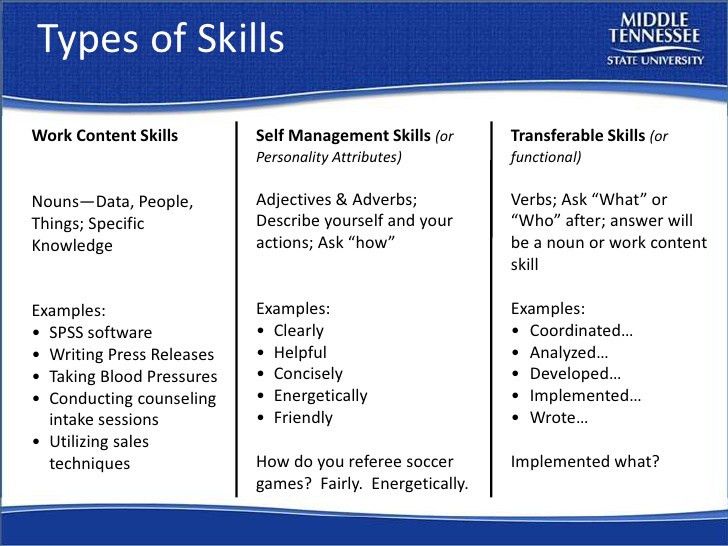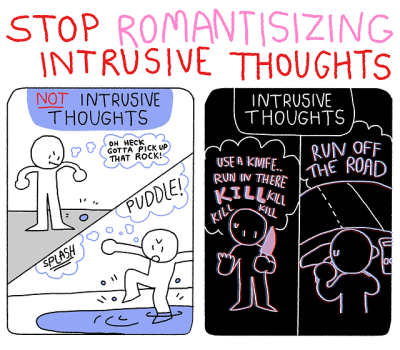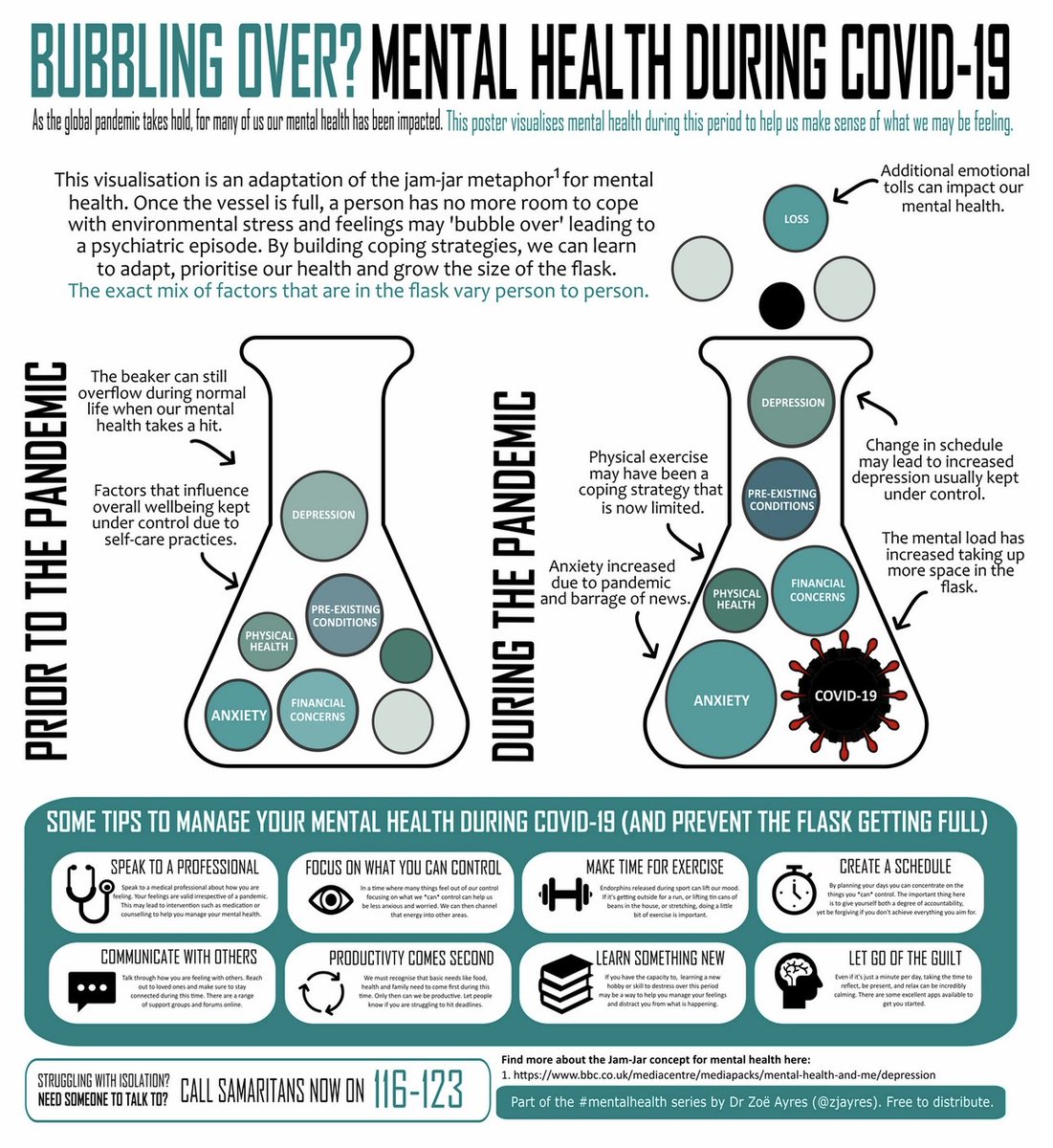Emotional investment in relationships
5 Truths About Emotional Investment In Relationships
Relationships / By Priyanka Joshi / July 7, 2021 July 13, 2021 / 4 minutes of reading
Emotional investment in relationships is a high volatile investment subjected to maximum risk as it doesn’t come with terms and conditions manual handy. We put in a lot of ourselves in nurturing and replenishing a relationship close to us but it completely shakes our world when it fails.
In this blog, I am going to talk about how we invest love, our emotions and all the energy in one relationship and abandon every other aspect of our life, and when things fall apart, we are left empty and broken.
Being an MBA in finance, I have my ocassional financial musings. I will try to make you understand this in a little logical manner because the ones who say that you should never see profit and loss in a relationship, haven’t been mugged in the name of love yet.
Emotional investment is like living in a Disney land, expecting that you will build a castle with your partner one day. You give all your love, energy, devotion and care to that one person in your life, expecting love in return. A long-term investment with a long-term return plan and is not about being conditional but it is human nature to expect, to emotionally attach with someone at a multidimensional level.
Too much emotional investment in relationships is hazardous to your mental health if you are the one who gives too much in your relationship if you are the one who goes out of the way to make things work if you are the one who is always emotionally available to pacify your partner and last but not the least if you are tired of being taken for granted all the time.
5 truths about Emotional Investment in relationshipsHere are a few logical truths about emotionally draining relationships, that leaves you empty and builds a vacuum beyond imagination. And then you just gather all the pieces every day, stand up, show up and then go back to fix your missing pieces.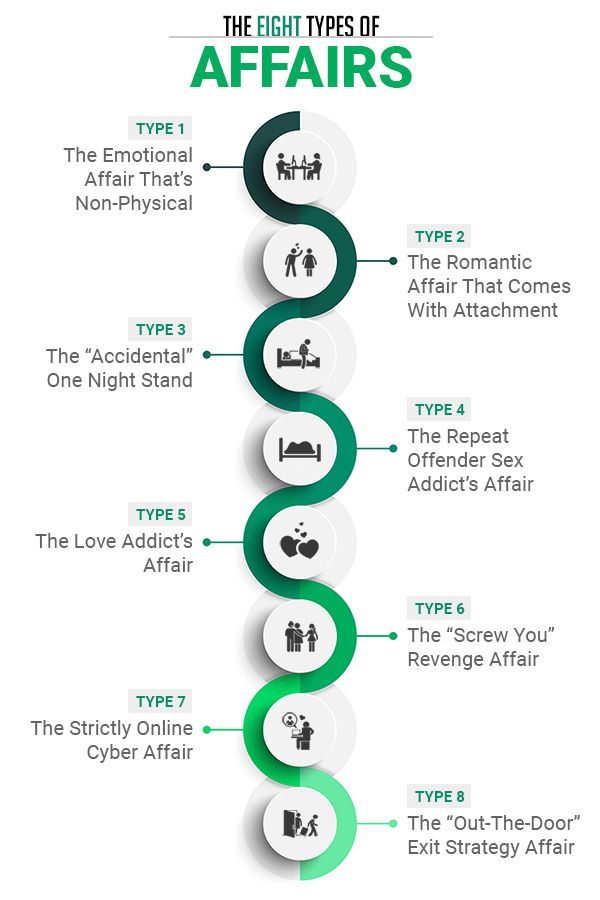 It is like getting sucked by some energy vampire every day and fighting with it at the same time.
It is like getting sucked by some energy vampire every day and fighting with it at the same time.
1.) No returns guaranteed
No matter how much you invest, there is no guarantee that you will be loved the same way and with the same dedication.
2.) Emotions cannot be quantified
How much is too much in love, how much is too much in being emotionally connected with someone? You can’t explain, you cannot measure the amount of love and emotions you attach to a person and it leaves you rattling.
3.) Subjected to maximum risk
No guarantee, no returns and subjected to high risk. The true virtue of a person is only known under different circumstances.
4.) Liability in the long term
An emotionally drained relationship becomes a mental liability in the long term.
5.) Fluctuating dividend
Fluctuating dividends with no growth opportunities, time to revamp the management of your personal emotions.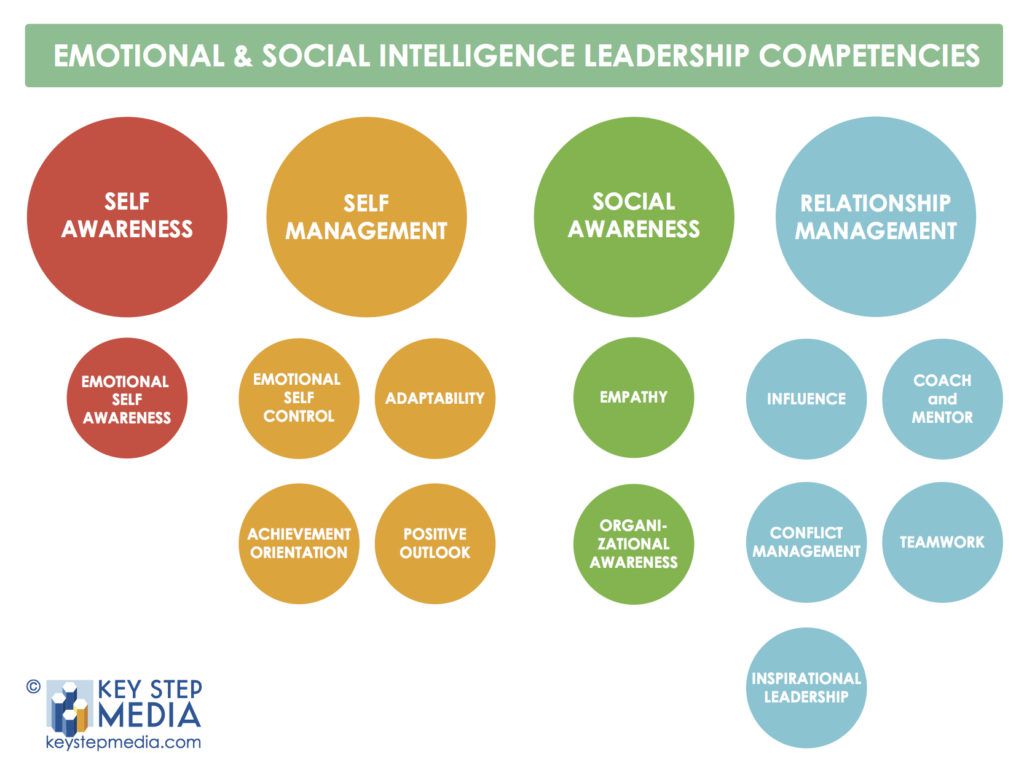
3 sane tips to save yourselves from the menace
Now, I learned it a little hard. So here are 3 important things you can do to save your sanity.
1.) Withdraw
Learn to leave things sometimes, you cannot fix it all, you can’t have all the answers and solutions. Don’t take all the pressure and burden to make things work, It is your partner’s duty too.
2.) Diversify
Do not restrict yourself to your duties towards your partner. Invest in yourself, upgrade yourself, upskill yourself. Learn new things and never stop following your passion.
3.) Save your sanity
The best savings you could do for your future self and the only saving you need if you are trapped in a toxic relationship. All the other things will fall in the right place if you’re all right from the inside.
Love and light
……………………………………………………………………………
Priyanka Nair is the author of 26 Days 26 Ways for a Happier you and Ardhaviram.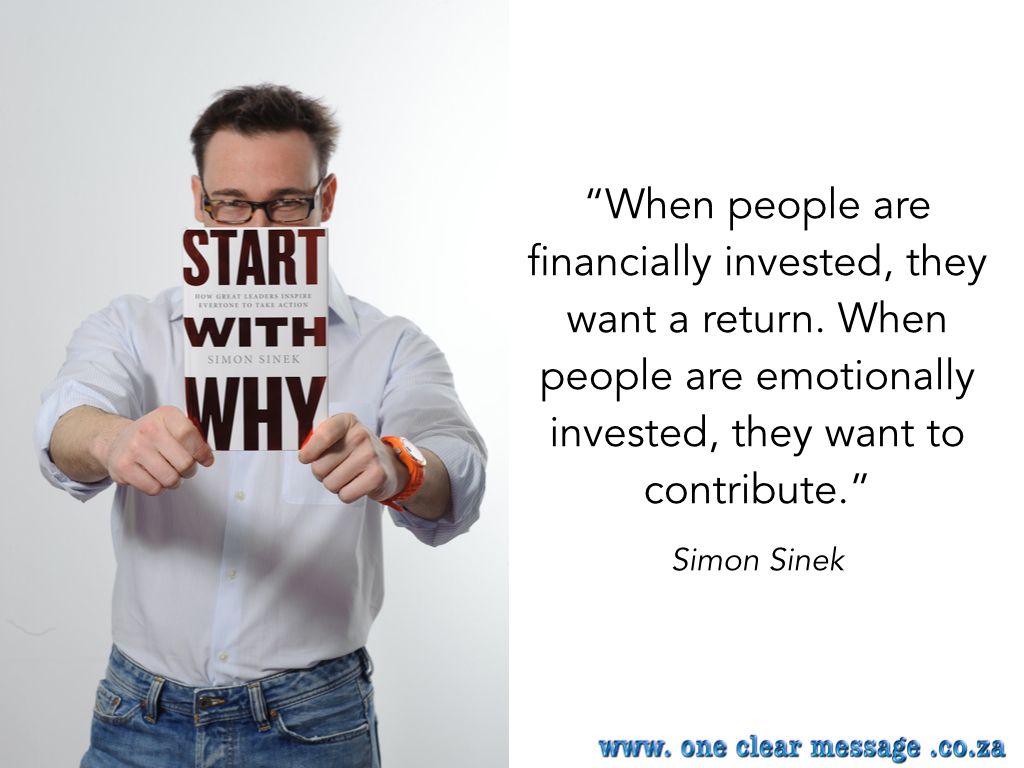 An NLP practitioner and Founder of Sanity Daily, helping you prioritize your mental health. Let’s build a happy community.
An NLP practitioner and Founder of Sanity Daily, helping you prioritize your mental health. Let’s build a happy community.
This blog post is part of the blog challenge ‘Blogaberry Dazzle’ hosted by Cindy D’Silva and Noor Anand Chawla and sponsored by Queen’s Brigade.
Like this:
Like Loading...
Why & How You Should Invest in Emotional Intimacy-6 Expert Tips
When we hear the word intimacy, our minds often direct us to physical intimacy and rarely to emotional intimacy.
In This Article
But ask yourself if that’s all that is important in a relationship. Is it? Are you satisfied with that kind of relationship?
In my opinion, just physical intimacy does not account for a happy relationship. Yes, it is a big part of a relationship, but still just a component.
Why is emotional intimacy important in a relationship?
Being emotionally invested in a relationship is what completes it.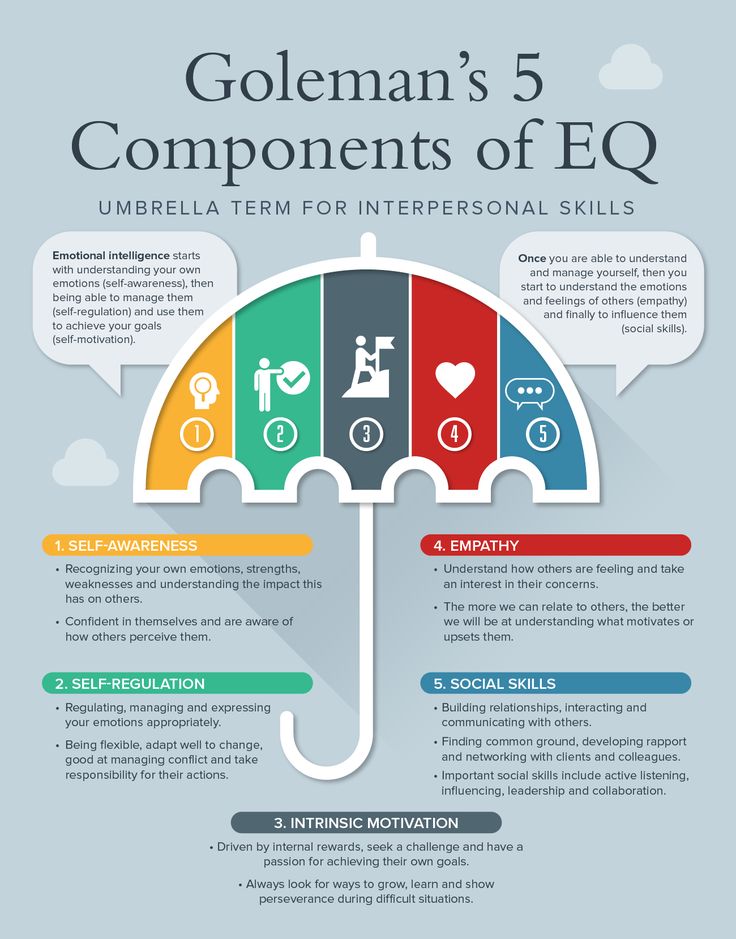 They both, together with some love and affection, embrace the whole relationship. Let us think through the importance of emotional intimacy in a relationship.
They both, together with some love and affection, embrace the whole relationship. Let us think through the importance of emotional intimacy in a relationship.
How do you signify emotional intimacy?
According to Dr. Wyatt Fisher, “Emotional intimacy is a sense of closeness developed with another person over time.”
What I think about emotional closeness is that it’s a connection- a connection of two souls and a union of communication and understanding.
It can be characterized as a mutual responsibility and shared trust.
In simple words, emotional closeness goes way beyond the reigns of sexual relationships.
What is the essence of emotional intimacy in a relationship?
Emotional intimacy acts like glue in a relationship. It keeps a couple together even when they start to drift apart.
Emotional connection encompasses love, trust, affection, respect, romance, and spirituality. A lack of emotional closeness results in poor communication and trust issues.
Everyone desires a different level of intimacy based on their past relationship experience and upbringing. Therefore, there is no thumb rule of what’s enough.
Some prefer fewer emotions, and others desire more in a relationship.
But yes, there still is a limit. If you cross that limit, it can ruin the bond between two people in a relationship.
It might be a little difficult to understand how to maintain your emotional status with your partner. It cannot exceed nor lag the level of understanding.
Do you often wonder how to connect emotionally or how to build an emotional connection with your partner?
As much as we yearn for emotional intimacy, many of us often wonder how to develop emotional intimacy. We are never taught how to engross it into a relationship or think about relationship investment.
The good news is, it isn’t that difficult to cultivate. Here is some essential piece of advice on how you can develop emotional intimacy in your relationship.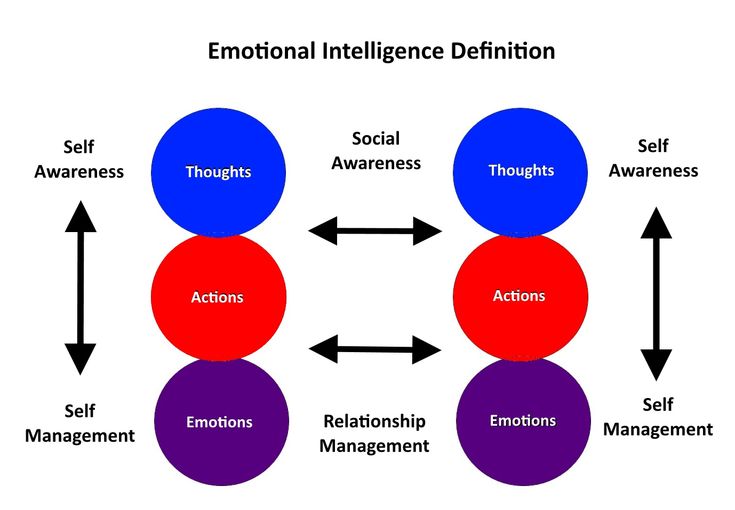
1. Share both your head and heart
Head and heart both play an important role in a relationship. The heart signifies your feelings, and the head implies your thoughts.
If you are feeling happy, share it, and the same goes when you are feeling sad, angry, and irritated or whatsoever you feel. In simple words, speak out your feelings to your partner.
This will help your partner understand you. They will get to know what makes you happy and what makes you sad. They will then know what to expect from you in certain situations.
2. Be respectful and trust the bond of loveThe indispensables of any emotional closeness in a relationship are respect and trust. Both have to be earned, and both these factors are equally necessary for both the partners.
“Trust,” although it is a small word, if you consider the characters, it is a big word when it comes to its meaning.
Trust is never alone; it always consists of those small fractions of responsibility, care, and liability.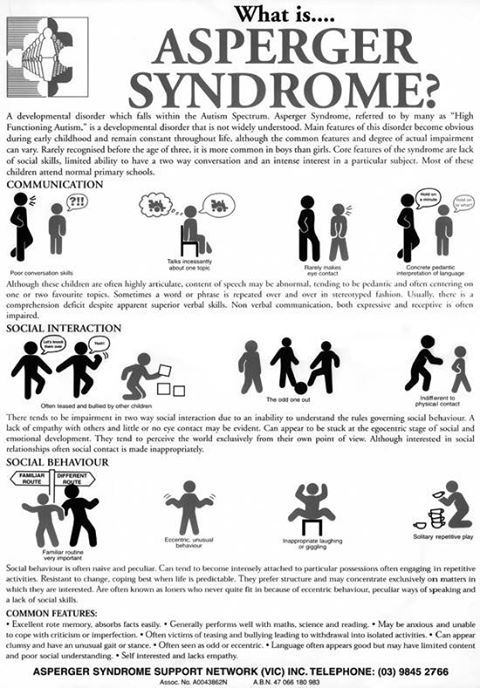
It is the most significant measure of any relationship. If you trust your partner with your life, you trust your life with your partner.
Remember, trust always develops with time. Therefore, you and your partners should try to boost the level of faith constantly for building emotional intimacy.
Also, trust develops only if both of you are willing to improve it. You both need that shoulder to cry when the times are tough and a smile to share when you are happy.
3. Share your secretsWhy is sharing your secrets important? You might have heard of the term “secret keeper.” That’s what you are supposed to expect from a relationship if you tell them your secret. They have to keep it safe.
Moreover, this also shows how much you trust your partner. If you trust them with your secret, then your bond is quite strong.
This will always help you strengthen your bond as your partner will be the one to know most about you. This will make them feel special and, in turn, boost emotional closeness in your relationship.
No one is perfect; everyone has some flaws. The only difference is some have visible flaws, and some have flaws that are invisible. Judging a person by how they look is the biggest flaw a person can have.
When you are in a relationship, size, height, color, religion, and intelligence doesn’t matter; what matters is if you are willing to accept them with all those flaws.
No one has to change themselves to be liked by someone. That person does not deserve you if you can’t be yourself in front of them. In order to feel secured, you both need to accept each other unconditionally.
It’s not easy to let your guard down in front of someone, so make your partner feel safe with you, make them feel valued and loved.
5. Be supportiveLife is full of happiness and sadness. When I say that you have to be supportive, that applies to hard times and happy times.
Just remember that everyone needs someone special.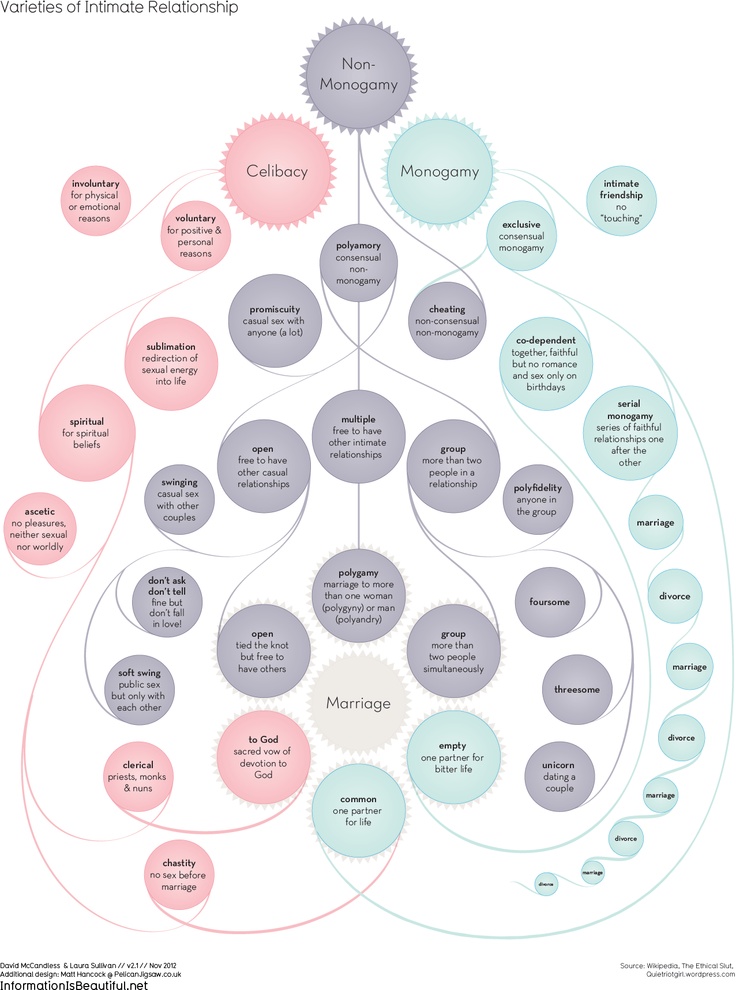 Be that ‘someone special’ for your partner!
Be that ‘someone special’ for your partner!
Grand gestures are amazing, I know. Everyone expects their partner to do something big and wonderful for them. But remember to be happy even with small things.
Don’t anticipate your partner to get you a fancy dinner every Valentine’s Day. Be happy even when they order in your favorite food.
To improve the level of romance, just slip into a pair of matching pajamas and enjoy your food with your favorite Hallmark movie.
Also, watch this video for more tips to find happiness in your marriage :
Chunk of advice
Finding someone special isn’t about swiping left or right until you lurch upon it. It is a natural process.
Building a relationship with someone takes time. More when it comes to the emotional bond. But, it surely is the most rewarding aspect of life and one hundred percent worth the effort.
References
https://en.wikipedia.org/wiki/Emotional_intimacyhttps://www.loveisrespect.org/everyone-deserves-a-healthy-relationship/http://cms.nortia.org/Org/Org134/Groups/Resource%20Centre/Diamond%20Resources/comp10_TrustInRelationships.pdf
What are emotional swings in a relationship
Olga Karaseva
does not like swings
Author profile
Sometimes relationships are like contrast showers.
The partner either swears eternal love and showers with gifts, or becomes cold, rude, or completely disappears for several days. Then everything repeats again and again, but getting out of such an unhealthy relationship can be very difficult. This is how emotional swings work. We talk about them in the new issue of the guide to the psyche.
In the previous issue: what is watchman syndrome.
What is it
Emotional swing is a manipulative technique in which a person constantly changes his behavior.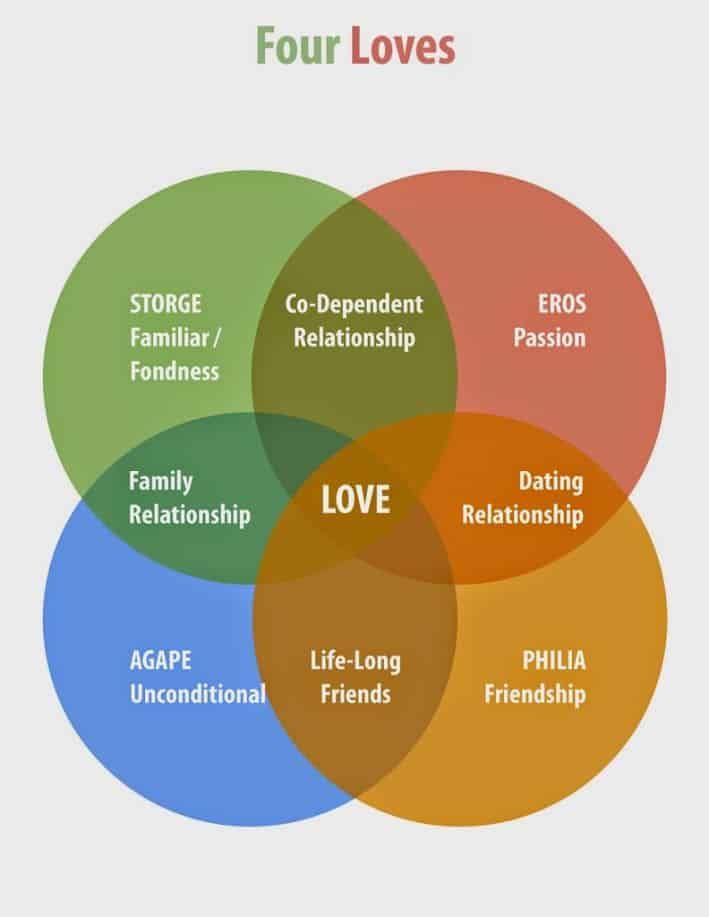 Periods of warmth, care and tenderness are inevitably followed by coldness, if not cruelty.
Periods of warmth, care and tenderness are inevitably followed by coldness, if not cruelty.
These periods can be very short - the behavior of the manipulator changes literally several times a day, or they can last for weeks, because the victim simply does not know what to expect. Under such conditions, she constantly experiences vivid emotions - sometimes positive, sometimes negative, because of this she loses the ability to make informed decisions and becomes more attached to the manipulator.
This technique is commonly used by people with narcissistic personality disorder. They do not always act consciously - they simply consider this type of relationship to be normal. And the victims are often hypersensitive people—those with a strong capacity for empathy, susceptible to criticism, and prone to sharper reactions.
Not only a romantic partner can arrange an emotional swing, but also a friend, colleague or boss. Parents who believe that a child should be brought up using the carrot and stick method also act according to this scheme.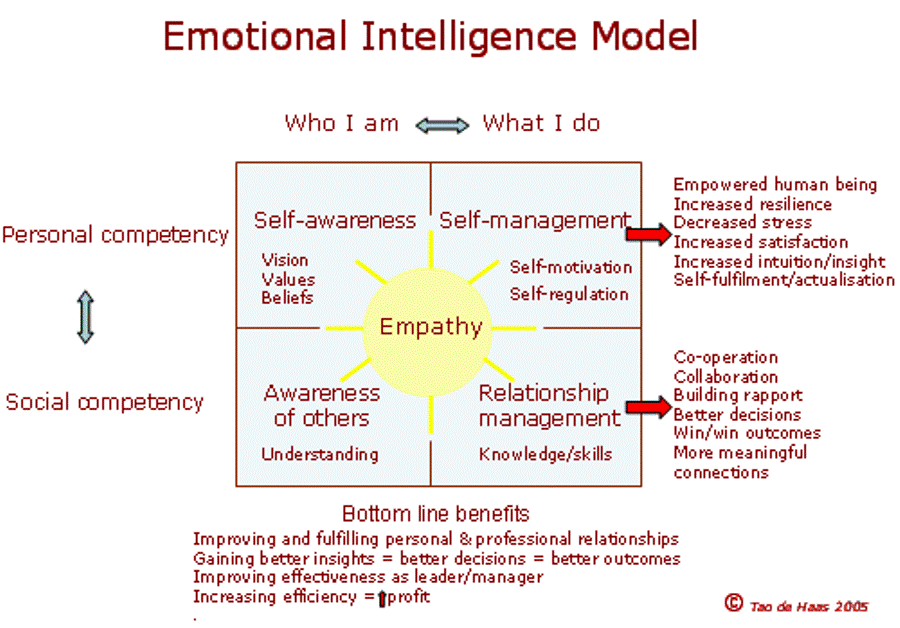
/list/parenting-styles/
How Parenting Affects a Child's Future: 4 Parenting Styles
And sometimes several people take turns swinging the emotional swing. A classic example: good and bad cops who coax a suspect into confessing either by threats and shouting, or by heart-to-heart talk and sympathy.
Despite the fact that people have been using this manipulative technique since time immemorial, scientists have become interested in it only recently.
In 1996, the Polish psychologist and behavioral researcher Dariusz Dolinski described the emotional swing effect, or fear and relief effect. To do this, he conducted an experiment on random passers-by on the streets of the city.
People crossing the road in the wrong place heard a police whistle. They turned around in anticipation of punishment, although in fact there was no policeman, but the scientist's assistant whistled at them. After the violators understood that the police were not visible nearby and they were not threatened with a fine, they went on about their business, but soon a girl, also an assistant to the scientist, approached them and asked to participate in the survey.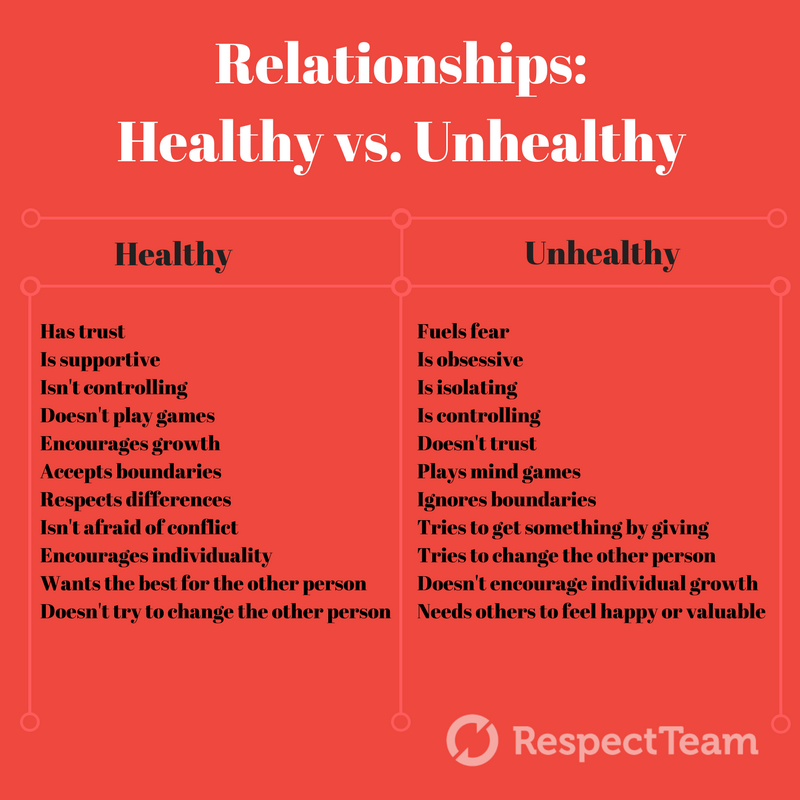 She immediately said that filling out the questionnaire would take 10 minutes, and all this time she would have to stand on the sidewalk. People who experienced fright and then relief agreed more often than those who were not booed.
She immediately said that filling out the questionnaire would take 10 minutes, and all this time she would have to stand on the sidewalk. People who experienced fright and then relief agreed more often than those who were not booed.
Later, German scientists found that not only fear and relief, but also other negative and positive emotions in contrast, such as disappointment and joy, act in the same way.
/double-binds/
No means yes: what is a double bind
Why does it happen
It's all about our brain - sometimes it works against us. For example, a traumatic event - this is both a partner's sudden coldness and fear of punishment for breaking the rules - can negatively affect the normal functioning of the amygdala, prefrontal cortex and hippocampus. It is these zones that are responsible for experiencing emotions, self-control, impulsivity, and the decision-making process.
Also, as a result of the injury, communication between the hemispheres of the brain is disrupted and the activity of the left hemisphere slows down, which affects the ability to solve problems, think and make decisions.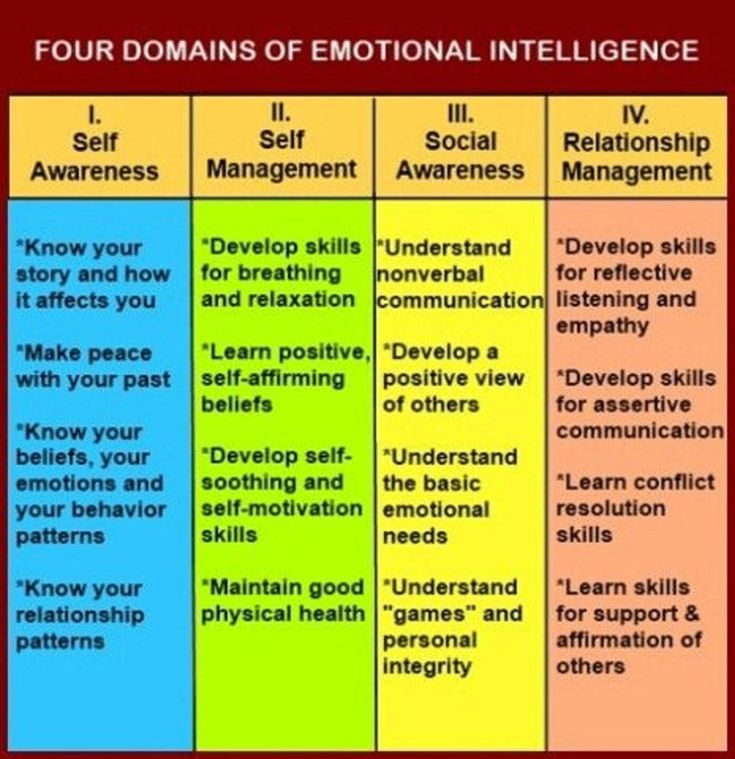
/dbt-borderline-disorder/
How I live with borderline personality disorder and how much I spend on mental health
In addition, emotional swings affect the dopamine system. Dopamine is produced much more actively if a person receives a reward at an unpredictable moment, and not regularly and according to a schedule. This is called intermittent reinforcement, and it can quickly become a habitual pattern.
Negative experiences also contribute to the production of dopamine, forcing a person to concentrate more actively on things necessary for survival. So alternating "candy-bouquet periods" with complete disregard, although they make relationships unhealthy, they only increase attachment.
What is the danger
Unreliable relationship. Relationships with a partner who practices an emotional swing can be bright, but you definitely can’t call them functional. In a couple, the preponderance of power will always be on the side of the manipulator, and the victim will have to constantly obey - otherwise she risks being left without emotional nourishment.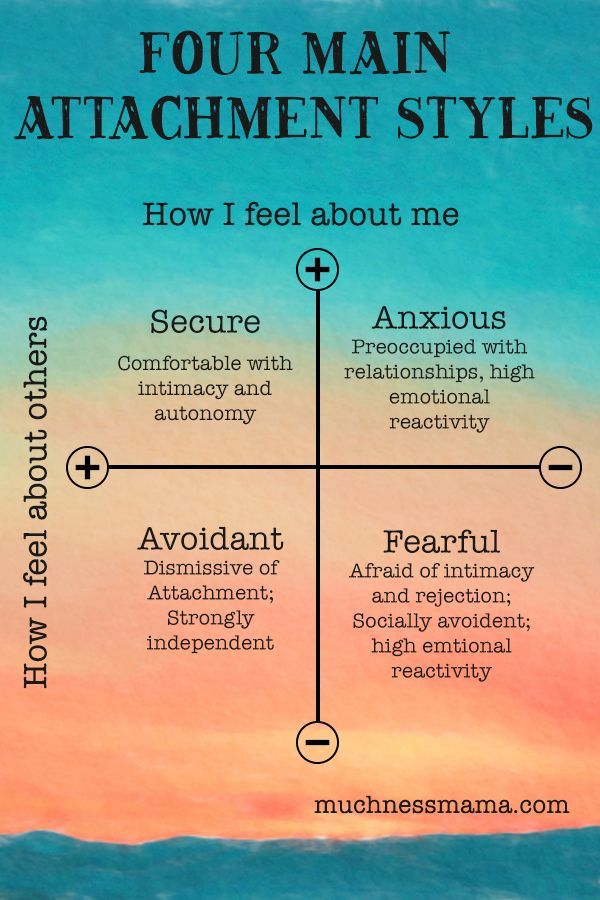 But getting out of them can be difficult. Especially if they have been going on for a long time.
But getting out of them can be difficult. Especially if they have been going on for a long time.
Self-esteem suffers. A person whose partner constantly changes anger to mercy may involuntarily look for the cause of such behavior in himself, and not at all in the manipulator. The victim begins to replay in his head, for example, a recent date, after which the partner suddenly disappeared, and finds dozens of reasons for this behavior - from an unsuccessful hairstyle to an embarrassing joke.
/list/perceptual-errors/
How the brain deceives: 4 common perceptual errors
Excessive accommodating. Dariusz Dolinski calls the state that arises after an experienced emotional swing, a state of unconsciousness. In various experiments, he showed that at such moments people often lose the ability to make informed decisions and become more accommodating. A person who has experienced a series of opposite emotions is easier to convince to do something, even if it is unprofitable for him.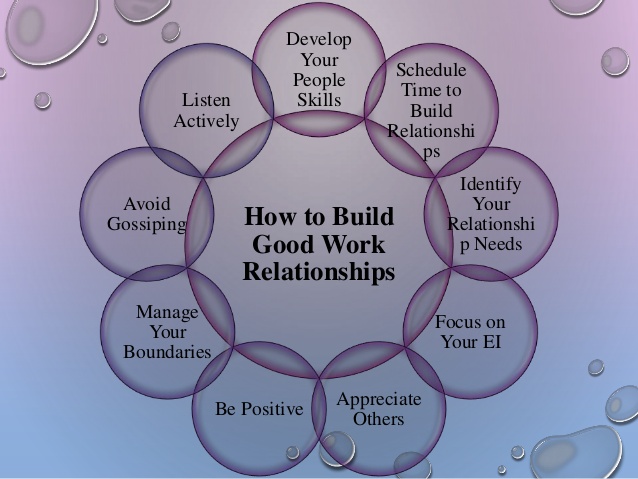
For example, the emotional swing technique is used by phone scammers. First, they scare the victim with a message that they are trying to steal her money right now. But then the scammer, who introduced himself as a security officer, promises to tell you what to do in order to save the savings. So the victim immediately receives positive emotions - relief and hope - and is ready to transfer money where they say.
What to do
Learn to recognize manipulators. It is easier to avoid a relationship with a partner who arranges emotional swings than to get out of them later. At an early stage, a potential manipulator can be identified by several signs:
- Relationships start very rapidly. You barely know each other, and the person is already giving you presents and confesses his great love. Maybe it's really her, or maybe the manipulator is just trying to emotionally bind you to him. This behavior has a name - "love bombing".
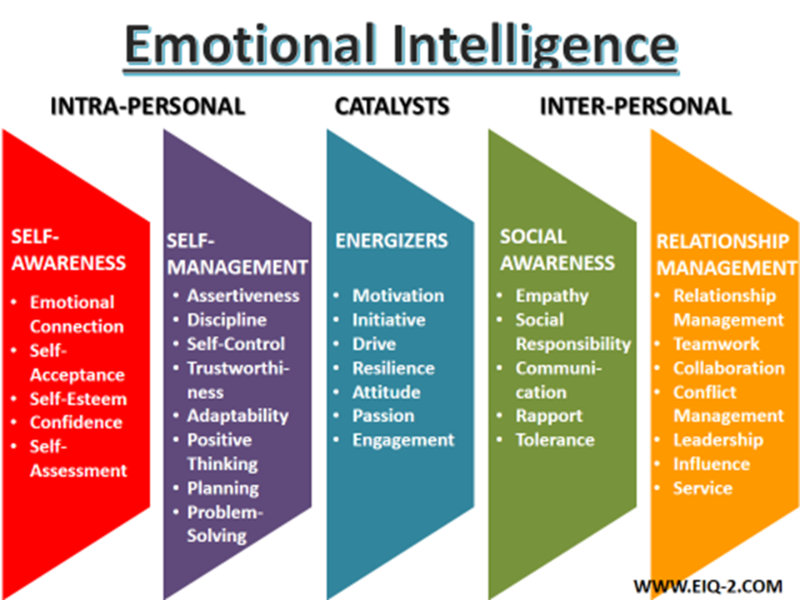
- The partner himself creates patterns of behavior, but then abruptly changes them. Exchanging gifts every month on the date of meeting, going to a new restaurant on Fridays and obligatory wishing good night before going to bed - first, the partner creates and maintains certain rituals in the relationship, and then immediately stops them without any reason.
- The person allows himself to ignore you. Silence can be compared to a physical blow: ignoring activates the anterior cingulate cortex, the area of the brain that is responsible for experiencing physical pain.
- Promises and hints instead of concrete plans. A partner may talk about how great it would be to go on vacation together, get married or buy a house in a picturesque place. But as soon as it comes to something specific, for example, booking tickets, it turns out that the partner is not ready for this.
Set the rule of three warnings. To avoid getting into a relationship that turns into an emotional swing, you can use the method of psychologist Martha Stout in the book "The Sociopath Next Door".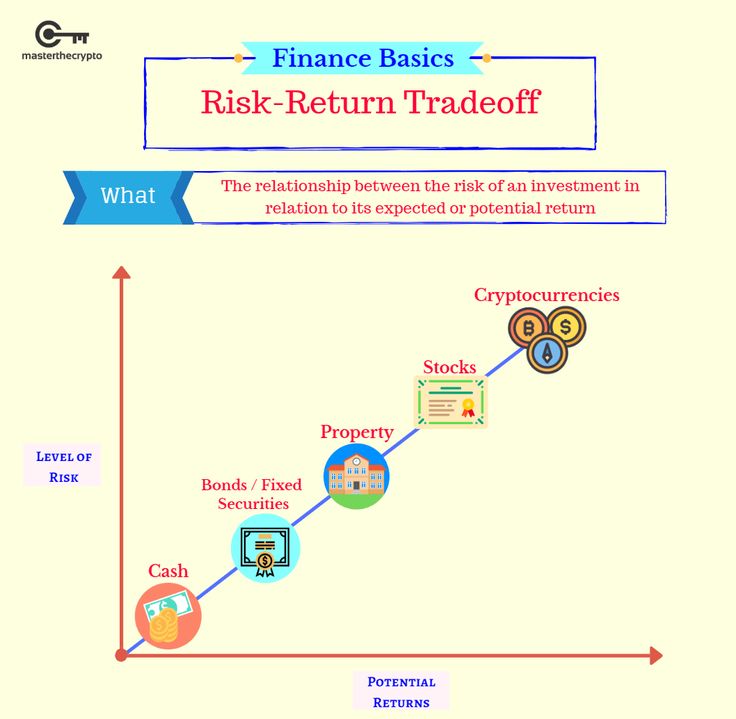 If a person tries to get you into a hot-cold game once, don't rush to end the relationship, but see if they do the same again. If the behavior is repetitive, mentally give it a second warning and reduce your investment in the relationship. And after the third time, it is better to end the relationship altogether.
If a person tries to get you into a hot-cold game once, don't rush to end the relationship, but see if they do the same again. If the behavior is repetitive, mentally give it a second warning and reduce your investment in the relationship. And after the third time, it is better to end the relationship altogether.
/gaslighting/
You're just overreacting: what gaslighting is
Take a break. When you understand that a person is trying to arrange an emotional swing for you, for example, after a week of ignoring, he calls to meet his parents, do not rush to agree immediately. At this point, you may be under the influence of fear and relief. To regain your ability to make informed decisions, try restoring your cognitive abilities. You can do some mental arithmetic.
The advice looks strange, but it really works. In one of Dariusz Dolinski's experiments, a blind passer-by waited for the participants on the street - in fact, his assistant in disguise - and asked them to tell how much was left before a certain time.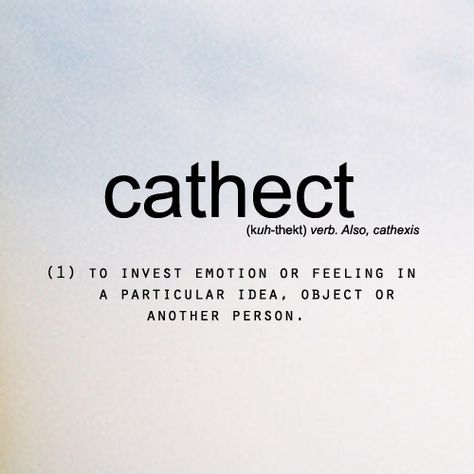 In this case, people needed not only to look at the clock, but also to do some mental arithmetic. The scientist decided that this was what helped them get out of a state of unconsciousness: after that, they were less likely to agree to take a survey on the street than other passers-by who did not need to calculate the time.
In this case, people needed not only to look at the clock, but also to do some mental arithmetic. The scientist decided that this was what helped them get out of a state of unconsciousness: after that, they were less likely to agree to take a survey on the street than other passers-by who did not need to calculate the time.
End the relationship. If you feel that your partner's behavior harms your self-esteem, provokes feelings of guilt and anxiety, you should consider whether you need to communicate with such a person. The most radical way to get off the emotional swing is to break off the relationship with the manipulator.
Knowledge about psychology and brain function that will help you survive in this crazy world - in our telegram channel. Subscribe to keep abreast of what is happening: @t_dopamine.
Method of return of emotional investment and its possibilities in working with emotional dependence.4
Many cases of dependence are determined by early merging with the mother, but not only with the mother, although in practice this is the most common case. Most often this happens with girls. An adult is still a small child, feeling with the feelings of another person, not knowing how to feel himself a separate being and how to stand on his own two feet. The trouble is that he does not even know how to feel differently, he has never had the experience of independence, and he is afraid of such a state or considers it somehow immoral, a betrayal of his mother. At the same time, he may suffer from the fact that he always makes decisions and builds his personal life in accordance with the opinion of his mother, painfully experiences any of her whims or illnesses, is in despair at the mere thought of her death, always feels guilty before her, etc. .d.
Most often this happens with girls. An adult is still a small child, feeling with the feelings of another person, not knowing how to feel himself a separate being and how to stand on his own two feet. The trouble is that he does not even know how to feel differently, he has never had the experience of independence, and he is afraid of such a state or considers it somehow immoral, a betrayal of his mother. At the same time, he may suffer from the fact that he always makes decisions and builds his personal life in accordance with the opinion of his mother, painfully experiences any of her whims or illnesses, is in despair at the mere thought of her death, always feels guilty before her, etc. .d.
It is very difficult to get rid of such an addiction, and in my practice I have repeatedly met with similar cases. Standard verbal therapy is usually very lengthy, but the technique of emotional-image therapy already described shows great promise.
Example 7. "Merge with mother" A woman of about 35 years old with a child of her own made the following request at the seminar. Her whole life was permeated with a sense of her insignificance and dependence in her feelings and decisions on her mother. Mother's needs and opinions were more important than her own, the slightest illness of mother caused tragic experiences, and the thought that mother would die caused the idea that one could not live after that. Mom lived separately, but, nevertheless, her influence on her daughter remained unconditional and inadequate. She felt that something was wrong in their relationship, but did not understand what was wrong. The main line of work was aimed at helping a woman to realize what part of her personality she once in her childhood handed over to her mother and why? It turned out that it was her little baby heart and, despite the certainty that this heart was hers, she experienced great difficulties in order to return it to herself. Finally, she returned this heart to her body, immediately her train of thought changed. She suddenly realized that her mother, it turns out, is a separate person from her, her mother has her own personal history, which included her first husband and other circumstances, that her mother has her own character and her own delusions .
Her whole life was permeated with a sense of her insignificance and dependence in her feelings and decisions on her mother. Mother's needs and opinions were more important than her own, the slightest illness of mother caused tragic experiences, and the thought that mother would die caused the idea that one could not live after that. Mom lived separately, but, nevertheless, her influence on her daughter remained unconditional and inadequate. She felt that something was wrong in their relationship, but did not understand what was wrong. The main line of work was aimed at helping a woman to realize what part of her personality she once in her childhood handed over to her mother and why? It turned out that it was her little baby heart and, despite the certainty that this heart was hers, she experienced great difficulties in order to return it to herself. Finally, she returned this heart to her body, immediately her train of thought changed. She suddenly realized that her mother, it turns out, is a separate person from her, her mother has her own personal history, which included her first husband and other circumstances, that her mother has her own character and her own delusions .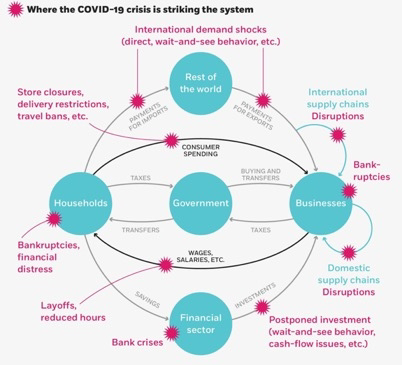 .. But most of all, she was struck by the immediate feeling of her separateness and independence . As she mastered this new subjective reality that opened up to her, the small heart in her chest grew and gradually turned into an adult large and full-fledged heart, which she was psychologically deprived of. Now she realized that she could feel on her own and make decisions according to her needs, this was new and wonderful ... Comment. Thus, the return on investment method can also be effective in the case of confluence. In the event of a merger, other techniques can be used and are successfully used. Quite often there are cases when the client is psychologically inside the mother's womb (this is expressed in the form of an egg, a bag, a vat or a cave inside which he is), he seems to refuse to be born. Here you can go in different ways, for example, you can imitate your birth in your imagination (however, traditional methods of symbol drama, psychodrama and bodily therapy are also suitable), but in our practice we have developed a paradoxical approach that allows us to solve this problem in some cases unexpectedly simply.
.. But most of all, she was struck by the immediate feeling of her separateness and independence . As she mastered this new subjective reality that opened up to her, the small heart in her chest grew and gradually turned into an adult large and full-fledged heart, which she was psychologically deprived of. Now she realized that she could feel on her own and make decisions according to her needs, this was new and wonderful ... Comment. Thus, the return on investment method can also be effective in the case of confluence. In the event of a merger, other techniques can be used and are successfully used. Quite often there are cases when the client is psychologically inside the mother's womb (this is expressed in the form of an egg, a bag, a vat or a cave inside which he is), he seems to refuse to be born. Here you can go in different ways, for example, you can imitate your birth in your imagination (however, traditional methods of symbol drama, psychodrama and bodily therapy are also suitable), but in our practice we have developed a paradoxical approach that allows us to solve this problem in some cases unexpectedly simply.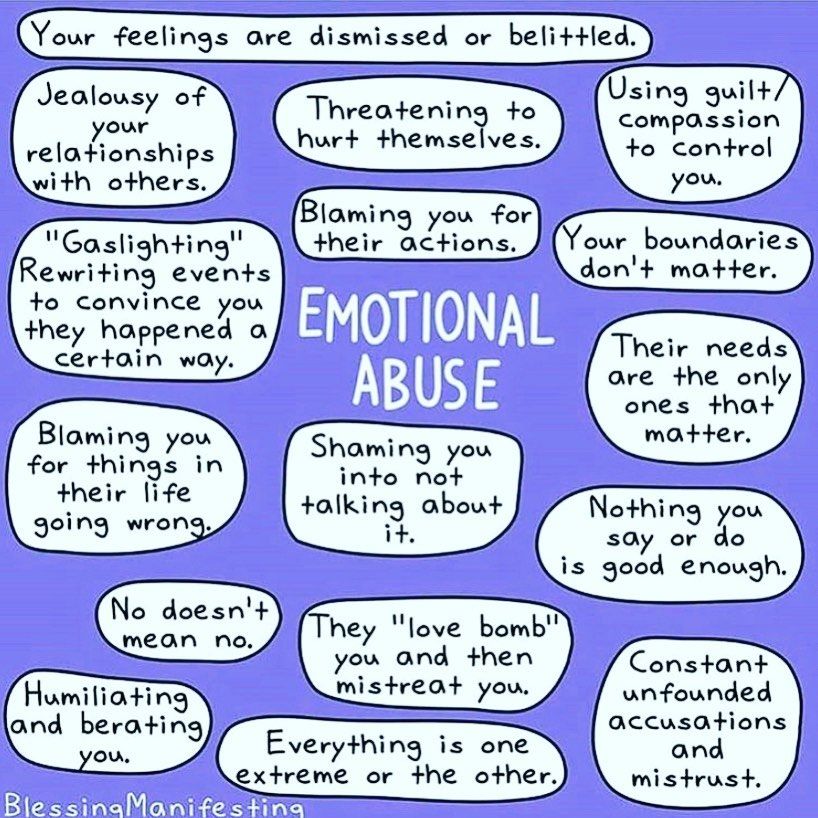 We inform the client that he is holding the mother's womb, with which he, of course, agrees. After that, we invite him to let go of the womb, referring to its image with the appropriate words. If this is not enough, then the previous method of returning embedded feelings is added to this procedure.
We inform the client that he is holding the mother's womb, with which he, of course, agrees. After that, we invite him to let go of the womb, referring to its image with the appropriate words. If this is not enough, then the previous method of returning embedded feelings is added to this procedure.
Example 8. “Let go of the mother's womb” At the seminar, I invited the group members to do a mental exercise, enter the “Health” circle, the reactions were different, but mostly positive. However, one participant, a young girl, said that for some reason she saw herself in some kind of vat, in a motionless anemic state, tried to get out, eventually saw herself in the sea, but was also in an anemic state. I said to this that, most likely, she had a difficult birth, or there is an emotional dependence on her mother. To which she replied that both were true. “You should let go of your mother and her womb,” I advised, “because only you hold them, not they hold you! But it will take a lot of work.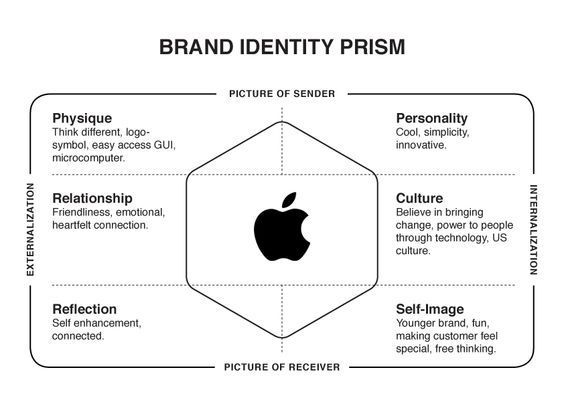 We'll deal with that later if you'd like…” I then moved on to discuss the experiences of the other band members. After a few minutes, the girl jumped up and began to walk back and forth in excitement within the circle of the group. Naturally, I asked what was happening to her and whether she wanted to discuss her problem? She replied that she had already followed my advice and that she would do everything herself.
We'll deal with that later if you'd like…” I then moved on to discuss the experiences of the other band members. After a few minutes, the girl jumped up and began to walk back and forth in excitement within the circle of the group. Naturally, I asked what was happening to her and whether she wanted to discuss her problem? She replied that she had already followed my advice and that she would do everything herself.
I continued to work with the group, and the girl either walked in a circle, then stopped and cried. Gradually, she calmed down and sat down in her place ... At the next seminar, a couple of months later, she confirmed that she had really solved her problem, that her dependence on her mother and her womb had disappeared.
Comment. This case illustrates another dependency release technique where the client releases the object that it thinks is holding it. For example, an individual sometimes claims to be "in a prison" and cannot get out of it no matter how hard he tries.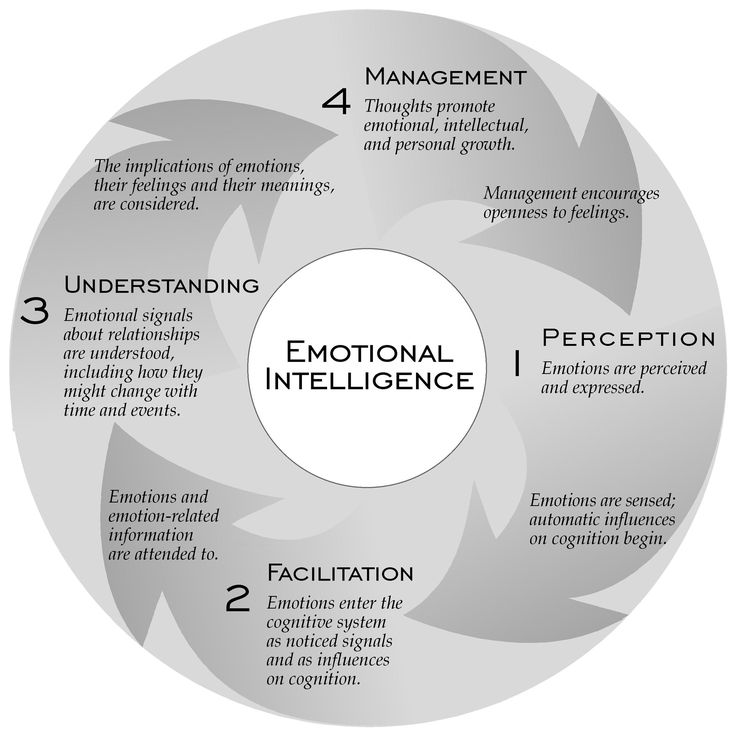 Then he is invited to ... let go of his prison! The prison is collapsing, and the client is set free... Then he realizes that he created his own prison... But when he releases the womb or prison, it means that he stops investing in this object and automatically returns them to himself.
Then he is invited to ... let go of his prison! The prison is collapsing, and the client is set free... Then he realizes that he created his own prison... But when he releases the womb or prison, it means that he stops investing in this object and automatically returns them to himself.
This trick should sometimes be combined with the previous one. First, return the lost parts of the personality, and then let go of the object of your addiction. If you manage to let go (do not drive away! violence is unacceptable!), then this will be the criterion for the success of work on the return of investments. If, however, it is only possible to forcibly break the connection, then this means that it is not really broken.
Extension 3 . Work with a fixation on the past and hopes for the future A tiger chased a man. He ran away from him and fell into the abyss, caught on some root sticking out of the mountainside, and hung on it. Looking down, he saw that another tiger was waiting for him below.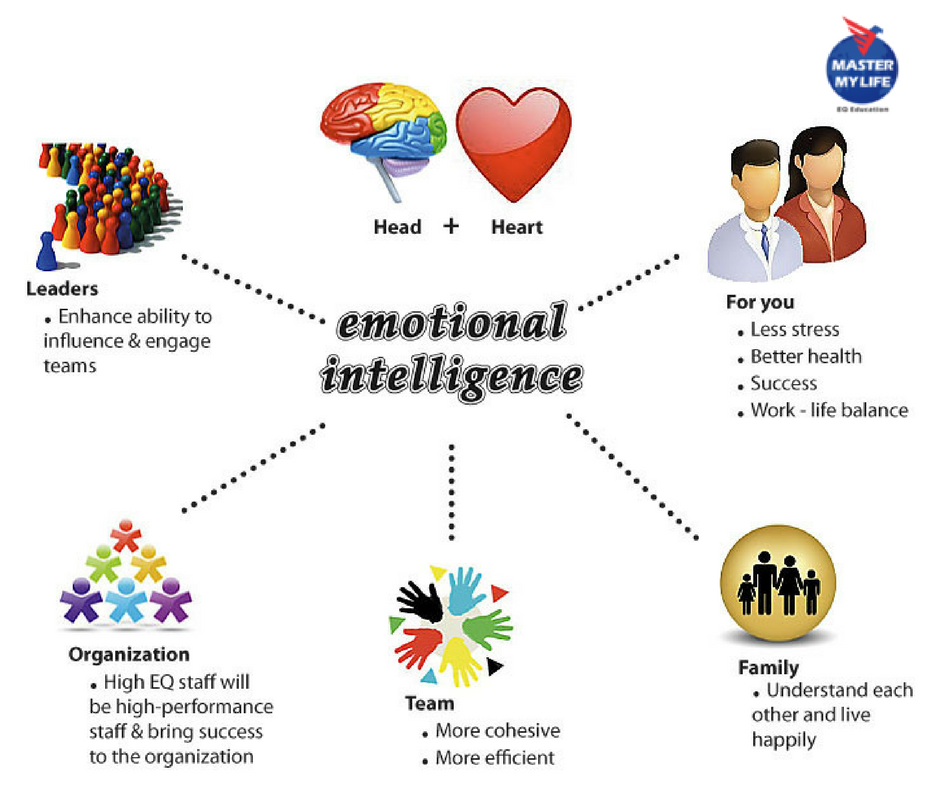 Then a small mouse ran out of the mink, next to the root, and began to gnaw on the root. When there was very little left for the root to break off, the man suddenly saw a small strawberry growing on the slope right in front of his face. He tore it off and ate it.
Then a small mouse ran out of the mink, next to the root, and began to gnaw on the root. When there was very little left for the root to break off, the man suddenly saw a small strawberry growing on the slope right in front of his face. He tore it off and ate it.
This is where the parable ends and usually no interpretation is given and people understand it very crookedly, for example, as evidence that our life is full of suffering, there are only small joys... However, its meaning is directly opposite to this gloomy outlook on life, and to understand it is very easy, the first tiger is the past, from which a person runs away in horror, the second tiger is the future, which a person is always afraid of. The root is the root of life, and the little mouse is the inexorable time. But a small strawberry is a moment of the present, and when a person ate it, he got to the present moment of time and gained enlightenment. Because in the present there is neither past nor future, which means that there are no fears and sufferings, there is only a beautiful present that can last forever. Therefore, in order to get rid of suffering, it is often necessary to simply return from the past or the future ...
Therefore, in order to get rid of suffering, it is often necessary to simply return from the past or the future ...
Example 9. "Return from the past" A young man who was a successful businessman made a lot of money, but his firm did its job and was disbanded. He did not find himself in the present, did not feel the meaning of life, although he had a family and so much money that he could no longer work. It turned out that he only thought about how good it was when he led a successful company. He met with old friends, and they only talked about how good it was then. I told him that he was apparently stuck in the past and asked what he had left there. "Yes, I'm all there!" he exclaimed. I suggested that he see himself in the past and bring this himself back here to the present. "But he doesn't want to! He feels so good there. He sits in a big office, signs important papers, does good deeds. He doesn't want to come back to me!" "Explain to him," I say, "that he is clinging to the illusion that this is already nothing! He lives in an illusory world, deceives himself, but you can live here for real!" "Oh, as soon as I told him, he ran straight to me! He entered my body! I felt good somehow! Why am I smiling? You know, I just never smile like that!" This went on and on, he came again to check and made sure that the effect did not disappear, that now he had found the meaning of life!
Comment.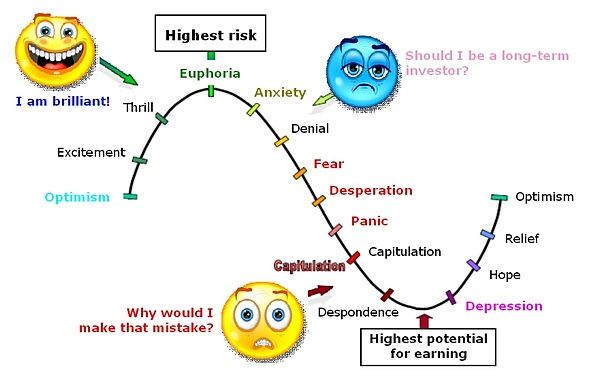 In reality, the work took much longer and had some subtle nuances, but the essence remains the same. We can return not only the investment, but literally ourselves!
In reality, the work took much longer and had some subtle nuances, but the essence remains the same. We can return not only the investment, but literally ourselves!
The issue is solved in the same way when investing in the future, which are called dreams, expectations and hopes. The client is invited to take them back to use their energy in today's activities or to improve well-being, which immediately happens.
Extension 4. Dealing with anger as a response to disappointed expectations (frustration)
Anger often arises when someone does not fulfill their obligations to us, fails, deceives, “sets us up”. If this is one case, then this does not create a psychological problem, the anger gradually passes and we either forgive the offender or decide that we will never deal with him again. Worse, when constant anger is formed due to the fact that we always rely on someone, we believe that he is obliged to fulfill his promises or live up to our expectations.
Very often you hear: “Well, he himself must understand?!” In this case, the client usually counts on support and solidarity from the therapist. But if the consultant takes the side of the “injured” and the “deceived”, this will not solve the problem. He will still seethe with indignation and suffer from feelings of helplessness, realizing that he (she) cannot achieve justice in any way.
If the client does not expect anything from his partner, does not hope to receive any "dividends" from him, then he will not be angry. Therefore, often this is the only and ecologically correct way out - to stop hoping and rely on someone else. But then the client will experience a feeling of some kind of damage that is difficult to come to terms with. After all, he put some serious hopes into some project, he, one might say, invested his feelings in this relationship! Therefore, the main technique for getting rid of anger in such cases is to return to yourself the investments you once made and your own expectations.
Example 10. “Angry at an unreliable husband” A woman seethed with anger at her ex-husband. It was not that he left her and lived with another girl, not even that he rarely talked with the child and did not give money. He never kept his promises, he always "set up" her in some difficult situations, and she, for her part, always tried very hard to maintain relations and trusted him. This anger tormented her greatly, she could not cope with it, although she understood that it was useless, and really wanted to get rid of it.
First, I asked her to imagine her anger in the chair in front of her. It was the image of a terrible black, shaggy monster who was ready to literally tear her ex-husband apart for the way he treated her. I explained to the woman that she was angry precisely because she had once made a serious investment in her husband, hoping for his appropriate behavior, for reliability and compliance with agreements. But because he did not live up to her expectations and "did not pay her dividends" in accordance with her contribution, she became so angry with him.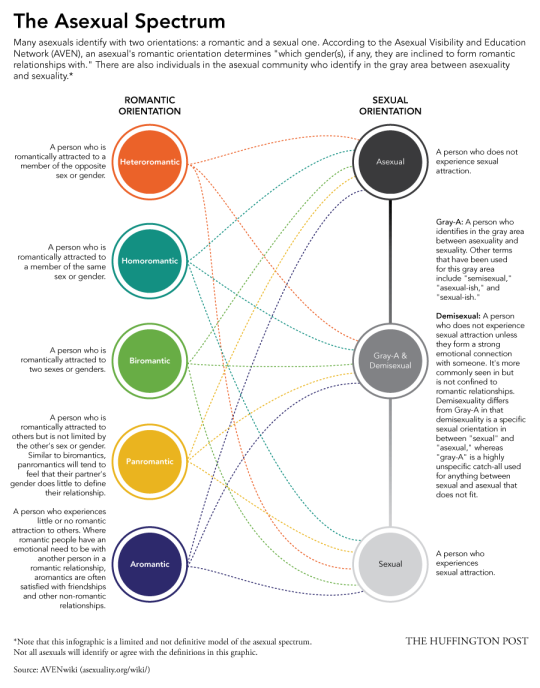
I suggested that she find an image of the investments she made in her husband, in her relationship with him. She easily discovered the pattern of her feelings. It was some kind of warm, pleasant day, a winding stream that ran through a beautiful meadow ... She once gave all this to her husband, but did not receive a corresponding return from him. I suggested that she take this image, along with the feelings expressed in it, back to her. She accepted this image, the feelings went back into her chest, where she felt some wonderful warmth. She immediately felt better, and she was already grateful for the return of these resources. But I suggested that she look again at the image of her own anger.
She was amazed. “He shrunk, he calmed down…” she made circular movements with her hands, “he turned into a yellow ball!” I suggested that she move to a chair where the image of the former anger was placed. It turned out that in the role of this ball, she is not at all angry, but gives herself a lot of strength and energy for work, it became easier for her to breathe. This state made her very happy, and she agreed to continue living like this. The ball was clearly in her solar plexus, like the sun!
This state made her very happy, and she agreed to continue living like this. The ball was clearly in her solar plexus, like the sun!
After that, I explained to her that the solar plexus gives energy to the whole organism, but when a person accumulates a lot of anger, it is stored in the solar plexus, while the breathing function becomes difficult due to spasm of the diaphragm. Once she got her investment and hope back, she didn't need to be angry with him, and the monster was gone. The normal state of the solar plexus also returned, and she received a lot of energy for her life.
She accepted both the returned "capitals" and this ball, after which she felt that there was a lot of warmth and very pleasant sensations in her body, and that ... she was not at all angry with her ex-husband. She imagined him in another chair and was able to easily say: "Goodbye, I wish you happiness in your personal life."
Comment. That's right, if you are trying to get others to fulfill their obligations, but if it still doesn't work, and you suffer from anger and feelings of helplessness, then it's better to withdraw your investment and stop expecting these people to change.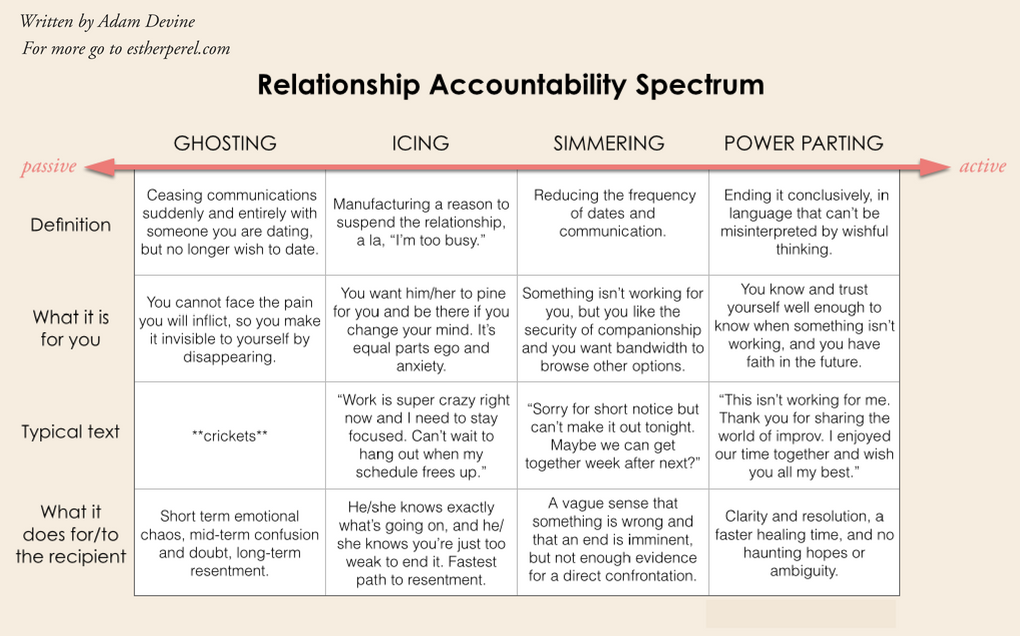 It is very difficult to re-educate yourself, and it is almost impossible to change others. At a workshop where I shared these ideas, two participants had the same insight: “I understood why my husband and I lived quietly for 24 years and did not get divorced! I never expected anything from him! And he even exceeded my expectations!”
It is very difficult to re-educate yourself, and it is almost impossible to change others. At a workshop where I shared these ideas, two participants had the same insight: “I understood why my husband and I lived quietly for 24 years and did not get divorced! I never expected anything from him! And he even exceeded my expectations!”
Extension 5. Retrieve the hopes someone has placed in the client .
This is an extension of the return on investment methodology to completely "mystical" cases.
Example 11. Phantom of love! At the seminar, a student asked for help. She broke up with a young man three years ago, but since then she constantly feels that he seems to be present in her life, at times she even feels that as if someone else’s body is lying on her body, she really feels heaviness and stiffness in movements. She can't get rid of it. At first I decided that in fact he was still dear to her, and she did not let him go for real. I asked her if she left some parts of her personality in it.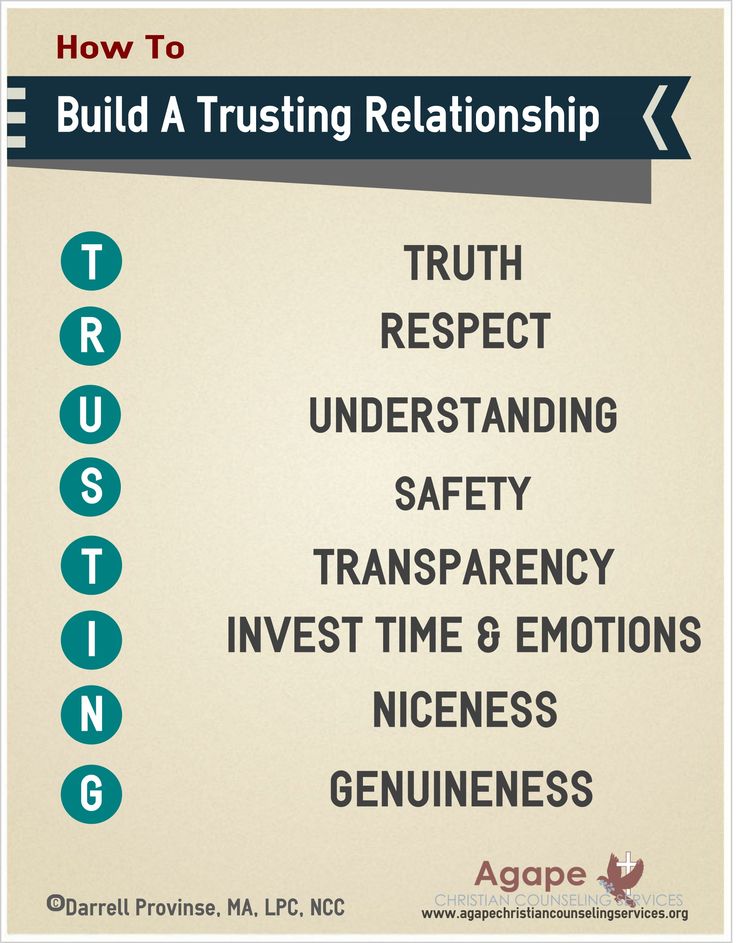 But she resolutely rejected it, she said that she had left him herself, she did not regret a bit that she had another boyfriend for a long time ... Her intonation left no room for suspicion of insincerity. Then I guessed and asked:
But she resolutely rejected it, she said that she had left him herself, she did not regret a bit that she had another boyfriend for a long time ... Her intonation left no room for suspicion of insincerity. Then I guessed and asked:
- And he was not against the breakup?
- He was very against it! He didn't want to let me go!
- So maybe he left some of his parts or energy in you? When people fall in love, they invest in another their hopes for a long life together and love! Well, tell him now: "I return to you all your hopes that you put in me!"
I haven't finished speaking yet, and the girl's face is already shining with light and joy. With enthusiasm, she declared that immediately, along with this phrase, some kind of heaviness separated from her and left, she feels free and now breathes easier! Two weeks later, at the same seminar, she confirmed that she no longer feels heavy on her body, nothing holds her anymore, and she feels light in her body and is very grateful for this result.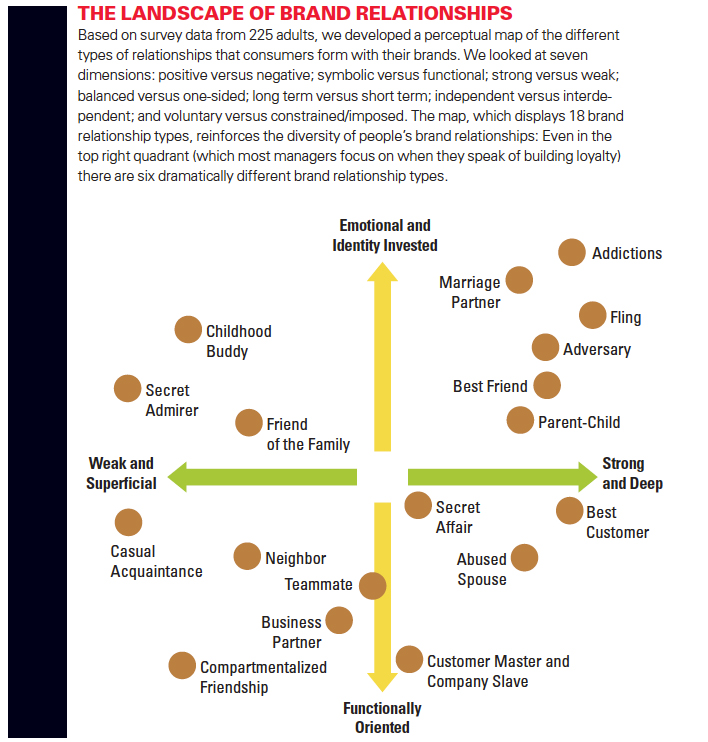 This and the previous case teaches that:
This and the previous case teaches that:
1. Another person can persecute us "astrally" if we owe him something, take his hopes, but do not fulfill them;
2. If these hopes are restored to him, he will no longer be able to persecute us;
3. That we can not only withdraw our investments that we have made in another person, but also return to him his expectations, his feelings, if we no longer want to deal with him. That it allows you to get rid of obsessive harassment and aggression from someone, which provides new opportunities for expanding work.
4. If you have placed your expectations on someone, you are disappointed and angry if they do not live up to your expectations.
5. Take away your unjustified hopes and stop being angry!
Expansion 6. Dealing with grief and loss
In the case of loss of grief and loss, the same thing happens as with emotional dependence, that is, our investments “float away” somewhere along with the deceased loved one or any other loss.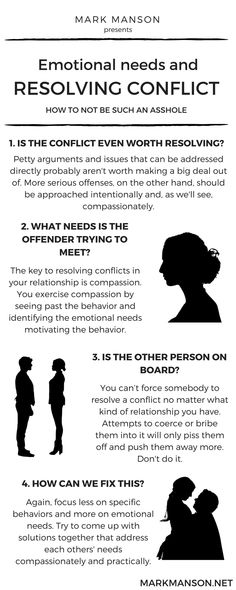 This is completely understandable, because we valued this person or even an object, we wanted to possess him further, we connected something with him in our future. We lose our hopes and dreams, parts of the soul firmly attached to a beloved and dear object. Therefore, here, no matter how cynical or wrong it may seem, it is necessary to return the invested capital, and then we can again find peace of mind and say goodbye to what we are no longer able to return anyway. This technique is very effective in the event of the death of a loved one, and the loss of an unborn child, loss of home, loss of finances, loss of a career, even a part of the body in case of surgery, etc.
This is completely understandable, because we valued this person or even an object, we wanted to possess him further, we connected something with him in our future. We lose our hopes and dreams, parts of the soul firmly attached to a beloved and dear object. Therefore, here, no matter how cynical or wrong it may seem, it is necessary to return the invested capital, and then we can again find peace of mind and say goodbye to what we are no longer able to return anyway. This technique is very effective in the event of the death of a loved one, and the loss of an unborn child, loss of home, loss of finances, loss of a career, even a part of the body in case of surgery, etc.
F. Perls developed a 5-step model of farewell in the event of the death of a loved one [1]. It includes the following stages:
1. recognition of the facts;
2. completion of unfinished business;
3. farewell ceremony;
4. mourning;
5. present day greeting.
This model can be applied in all cases of loss or separation, as well as in cases of emotional dependence.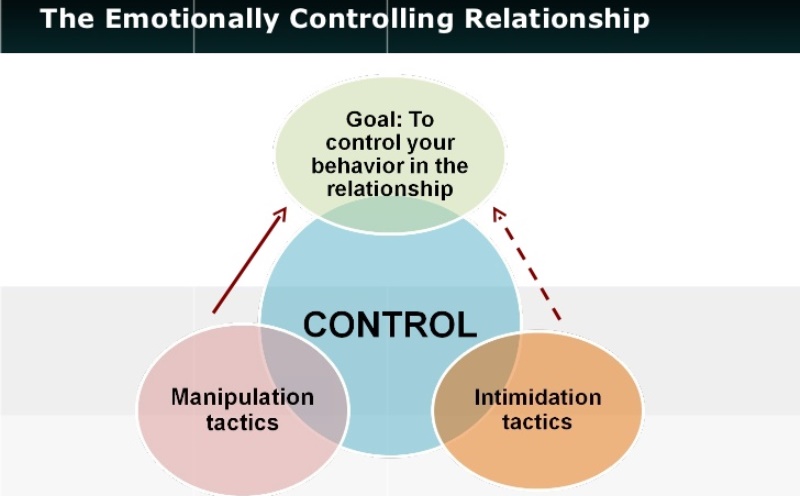 However, it lacks the very moment that we have already mentioned: the return of lost feelings or parts of one's personality. Therefore, it is more laborious and lengthy, does not give full confidence in the completion of the process. This can be done using the purposeful procedure we have developed, and thus the work of grief will be greatly facilitated and hastened. But we do not replace this technique, but use it in combination with return on investment. Practice confirms the effectiveness of such work.
However, it lacks the very moment that we have already mentioned: the return of lost feelings or parts of one's personality. Therefore, it is more laborious and lengthy, does not give full confidence in the completion of the process. This can be done using the purposeful procedure we have developed, and thus the work of grief will be greatly facilitated and hastened. But we do not replace this technique, but use it in combination with return on investment. Practice confirms the effectiveness of such work.
Example 12. “A ball of soft wool” An elderly woman, 63 years old, whose husband died a year ago, came to me for a consultation. She loved her husband very much, lived in perfect harmony, 30 years together, had no children. She suffered from insomnia, constant pressure in her chest that prevented her from breathing, depressed mood, frequent tears, etc. For six months she was treated by doctors, from the medications she took, she only got worse. Doctors did not find any physiological disturbances in the work of her body.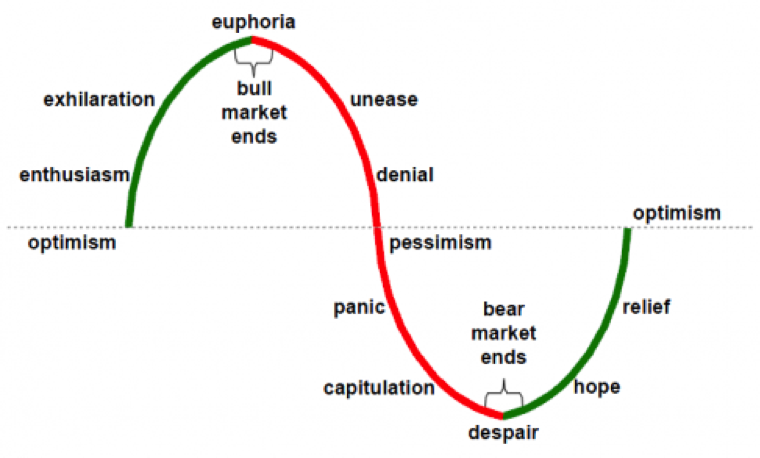
At the first session, I found out that she acknowledges the fact of her husband's death and has no feelings of guilt towards him or unfinished business, that she does not have suicidal desires. At the same time, I noticed that the eye area and forehead were tense and there was darkness around the eyes. It turned out that during the funeral, friends kept her all the time, urging her not to cry, because it would disturb the deceased. I realized that she had a lot of repressed tears, and that is why they shed from time to time for any reason.
I realized from her restraint that she would not cry in front of me, and I suggested that she simply imagine the rain falling in front of her and look at it until it stops. She agreed and saw that a light drizzle was falling ... over his grave. She watched this picture for some time until the rain stopped. The image of the blue sky, the sun and the green forest appeared, she accepted this picture as a new day. The area around the eyes brightened up.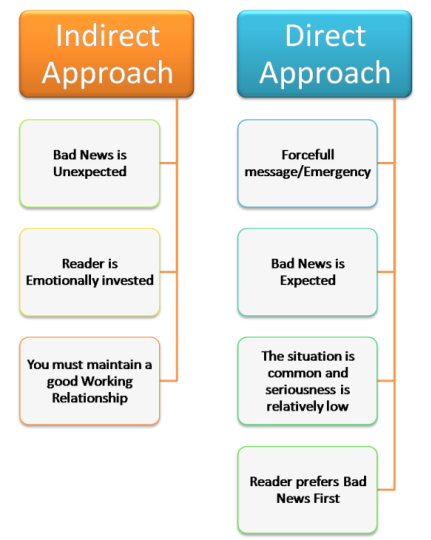 This was enough for the first session, when she came for the second time, she said that at work everyone was surprised where she was, that she no longer cries. “And then,” he says, “they will ask me any question, but my tears keep flowing ...”
This was enough for the first session, when she came for the second time, she said that at work everyone was surprised where she was, that she no longer cries. “And then,” he says, “they will ask me any question, but my tears keep flowing ...”
This technique, "looking at the rain" followed by the acceptance of a sunny day, was invented in the framework of emotional-imagery therapy specifically for those cases when it is necessary to help a person release blocked tears. It is often used in situations where you need to say goodbye to a loss.
However, she still had a more acute symptom - pressure and pain in the chest area, which constantly interfered with her. I invited her to imagine the image of this pain. She said it was a dark lump. It is clear that this lump is an image of a spasm, with the help of which she tried to keep an already deceased husband or memories of him that were important to her. I asked what was inside the lump. “A ball of soft, very warm and pleasant lilac wool,” was the answer.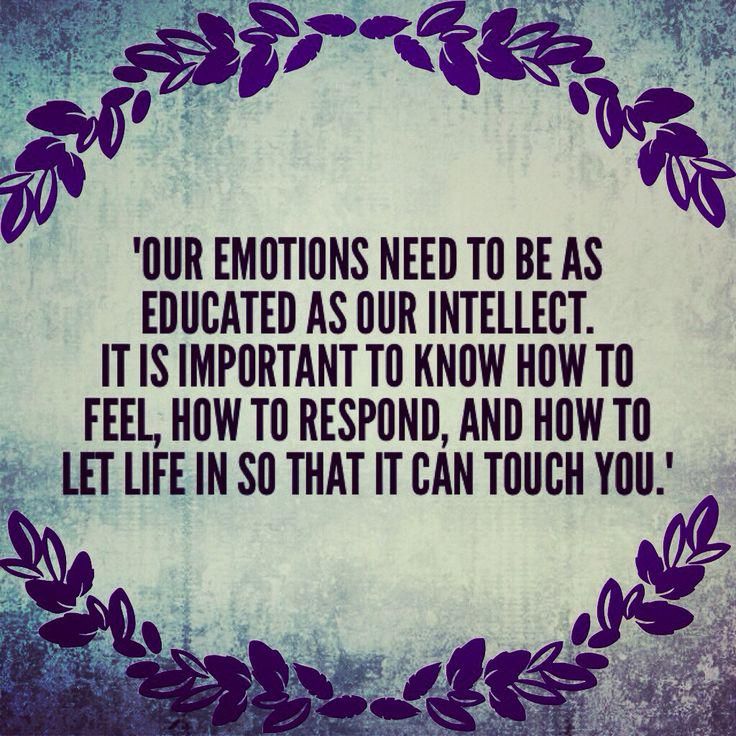
I realized that this ball symbolized the warm feelings that she had accumulated for her husband over the years. "What would you like to do with it?" I asked. “Unwind,” she replied. I agreed with her proposal, and the thread of the ball gradually began to go somewhere into space. After a while, she realized where the thread went. She said that the corner at the grave of her husband opened, and the thread goes there. Gradually, the ball unwound, and the whole thread went into the grave, then the corner of the grave closed by itself. At the same moment, the client underwent very strong psychosomatic changes: the lump completely disappeared, along with it the pressure in the chest disappeared and, as she said, even her eyes brightened. After that, she was able to breathe easily and felt that everything that had pressed her for a long time completely disappeared. She thanked me several times for this result, although she kept asking if I didn't do it all. Apparently she decided that it was hypnosis or magic. This completed our work.
This completed our work.
Comment. Analyzing this case, it should be noted that the stages of recognition of the facts, the completion of unfinished business and the farewell ceremony were already passed by her in the process of mourning. It was only necessary to mourn and finally let go of what was perceived as the most valuable thing in this relationship, which was done. In this case, there was no need to return something that had gone with her husband, but it was necessary to let go of the tangle of warm feelings that she held, which created a spasm in her chest.
In concluding this review of the ROI method, which is the original method of Emotional Image Therapy, I would like to say that it turned out to be suitable for solving a whole range of therapeutic problems. He showed amazing efficiency and speed of impact. A lot of complex therapeutic tasks when using it are solved within one or two sessions, the results are stable. Not all possibilities of this method have been disclosed yet.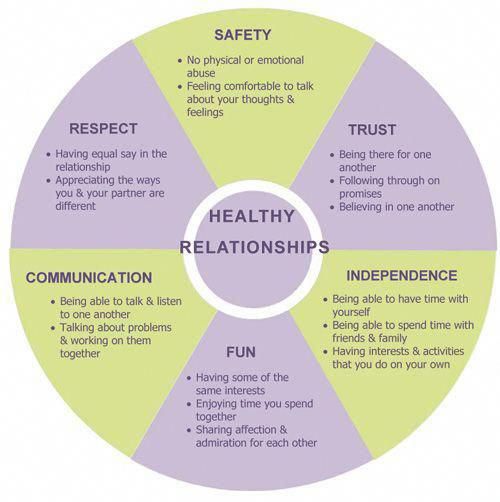
Literature
1. M. Goulding, R. Goulding Psychotherapy of a new solution. - M., "Class" 1997.
2. James M. , Jongward D. Born to win. - M., "Progress", 1995, pp. 14-19.
3. Kotlyarov A.V. Release from addictions, or the School of successful choice. - M., Publishing House of the Institute of Psychotherapy, 2005.
4. Linde N. D. Meditative psychotherapy. - M., "Institute of Youth" 1994.
5. Linde N.D. Correction of phobias by the method of emotional-figurative therapy. - Issues of psychology, No. 2, 2006, pp. 68-79.
6. Linde N.D. Working with the Inner Child in Emotional Image Therapy. - Questions of psychology, No. 1, 2007, pp. 159-169.
7. Linde N.D. Emotional Image Therapy. Theory and practice. - M., Publishing House of the Moscow Humanitarian University, 2004.
8. Moskalenko V.D. If dad drinks ... - M.,: Znanie, 1992.
9. Moskalenko V.D. When there is too much love.